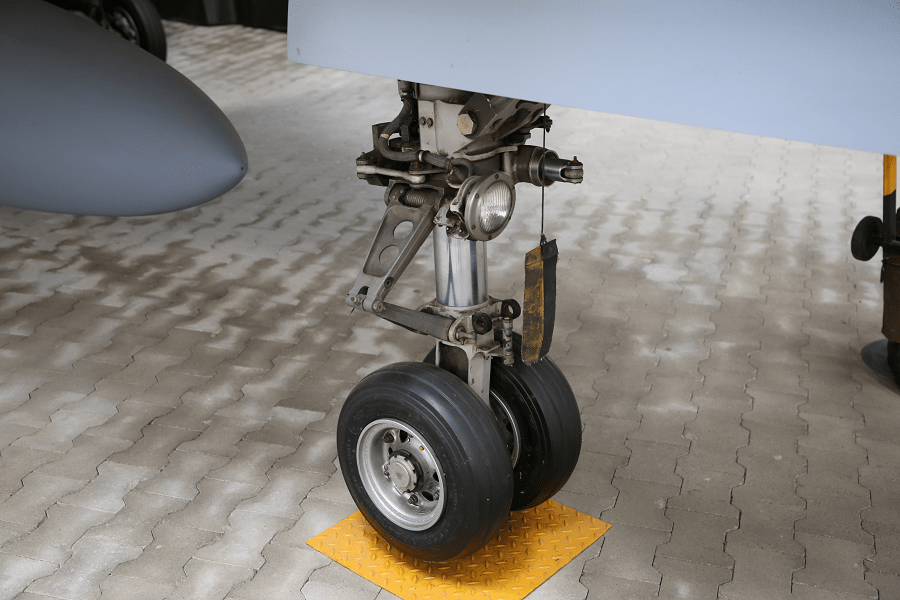The Saab 37 Viggen is a retired Swedish single-seat, single-engine, short-medium range multirole combat aircraft. Development work on the type was initiated at Saab in 1952 and, following the selection of a radical delta wing configuration, the resulting aircraft performed its first flight on 8 February 1967 and entered service in 21 June 1971.
It was the first canard design produced in quantity and arguably the most modern/advanced combat aircraft in Europe at the time of introduction, featuring an airborne digital central computer with integrated circuits for its avionics, the world’s first of its kind, automating and taking over tasks previously requiring a navigator/copilot, facilitating handling in tactical situations where, among other things, high speeds and short decision times determined whether attacks would be successful or not, a system not surpassed until the introduction of the Panavia Tornado into operational service in 1981.
Several distinct variants of the Viggen were produced to perform the roles of fighter bomber/strike fighter (AJ 37), aerial reconnaissance (SF 37), maritime patrol/anti-surface (SH 37) and a two-seat trainer (Sk 37).
In the late 1970s, the all-weather interceptor/strike fighter JA 37 variant was introduced.
In November 2005, the Viggen was retired from service by the Swedish Air Force, the only operator, having been replaced by the newer Saab JAS 39 Gripen.
















